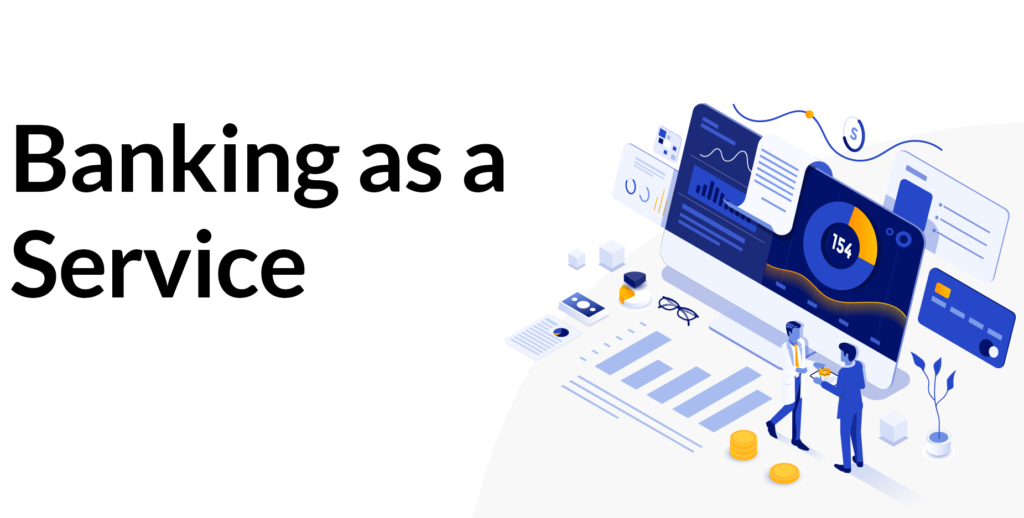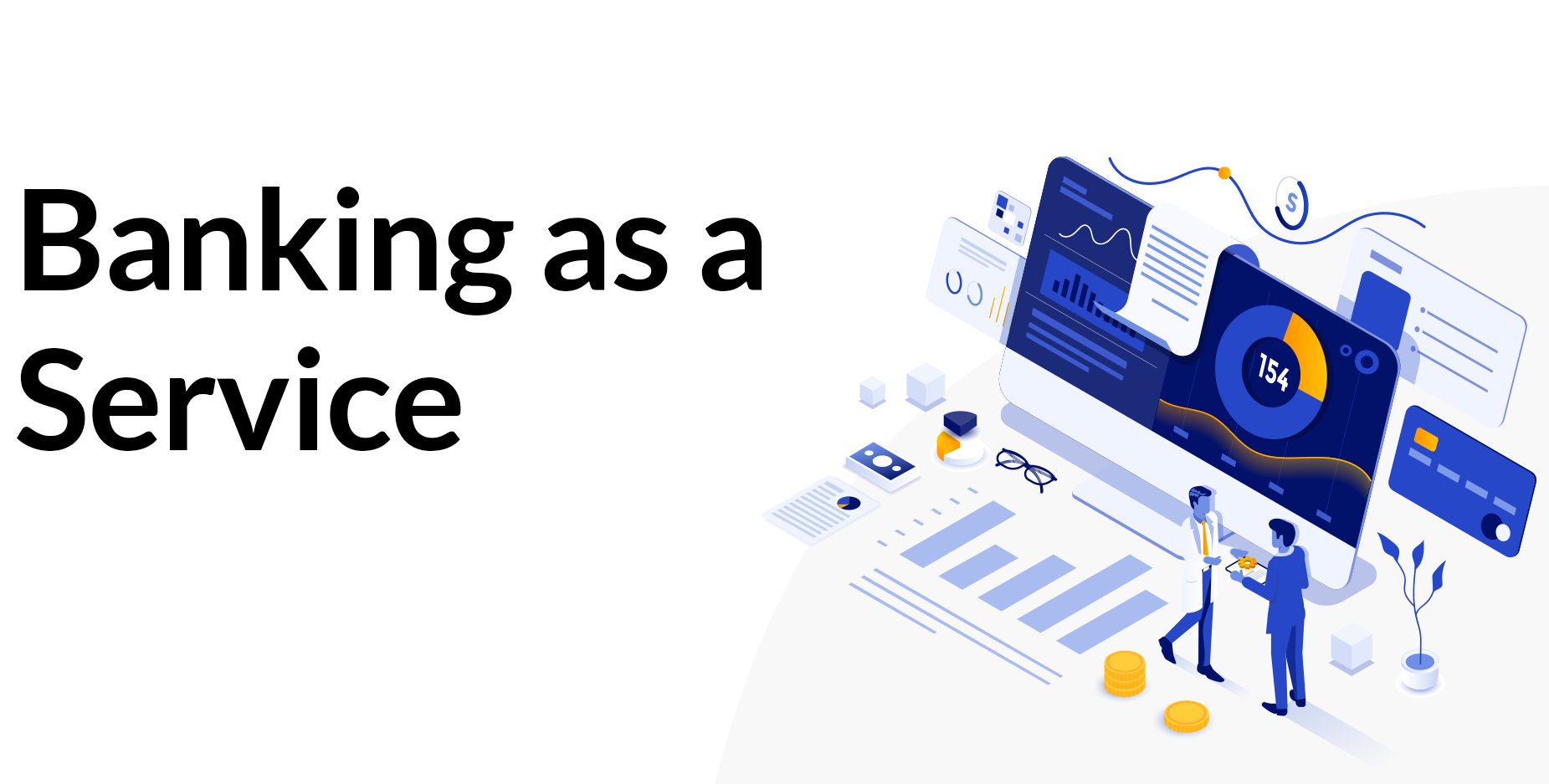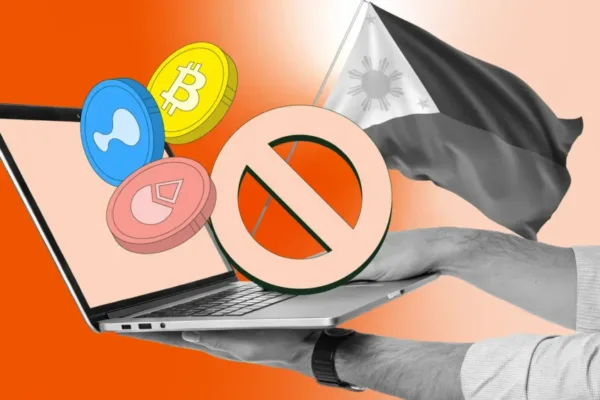by Bhea Baarde, Correspondent
The future of Fintech through BaaS looks bright. BaaS or Banking-as-a-Service is now the latest buzzword in the financial services industry which continues to undergo rapid change.
BaaS is an end-to-end model that allows digital banks and other third parties to connect directly with the bank’s system via its Application Programming Interface (APIs) so they can build banking offerings on top of the service providers’ regulated infrastructure. This particular feature can also unlock the open banking opportunity that is now reshaping the global financial services landscape.

As consumers get faced with more choices, an influx of new financial products has also been introduced in the market. For instance, there is now an increasing interest in Buy Now, Pay Later (BNPL) products, which provide a shining example of an even more flexible financial landscape. For consumers who do not own a credit card, BNPL allows them to purchase and pay for the items through several installments.
Of course, the scope of BaaS by far exceeds what BNPL solutions can offer alone. Against an increasingly competitive backdrop, both Financial Services (FS) and non-FS companies are now looking at novel ways to incorporate financial products into their existing offerings. These include traditional products such as credit and debit cards, as well as digital wallets and innovative lending solutions.
Crucially, this is representative of a wider race for embedded finance products and services, many of which are made possible only by Banking-as-a-Service (BaaS).
More unregulated businesses now offering FS as a result of BaaS
The COVID-19 pandemic has accelerated the process of shifting Filipino consumers to digital payment, resulting in its pervasive adoption, particularly in the e-commerce industry.
Such demand has been observed among industry experts, with a recent survey commissioned by Yobota uncovering that 64% have observed more unregulated businesses starting to offer financial products or services as a result of Banking-as-a-Service (BaaS) and embedded finance infrastructure.
In the past, institutions bringing new financial products to the market would have the required regulatory permissions or banking licenses (except for products like Klarna, which operates without a full license). Part of this great innovation born from the BaaS model is that it allows both regulated banks and non-FS companies alike to launch financial products in the market. The eventual reach of these products to the mass market is thus, seen to mark a new frontier in the FS industry, where the possibilities for consumers could be endless, sparking a brighter future of Fintech through BaaS in the country.
Another signal of the god future of Fintech through BaaS is another research, this time by ResearchAndMarkets.com, predicted that the Philippines’ BNPL payment is going to hit $803.5 million this year and grow by 109.7 percent year on year. Based on the research firm’s 4th quarter survey conducted in 2021, BNPL payment adoption would climb steadily between 2022 and 2028, with a compound annual growth rate of 50.9%.
The survey noted that in the first quarter of 2020 and the following months, more businesses realized the importance of BNPL for their consumers as the pandemic hit the customers’ income. COVID-19 has pretty much propelled the growth of the industry, and it now continues to be on-demand in the post-pandemic era.
BaaS means more brand power for retailers
For many non-FS organizations (such as retailers or eCommerce platforms) looking to achieve greater market share and carve out a niche in the market, BaaS offers promising opportunities with embedded finance. This is why some companies are hitching the plans to the future of Fintech through BaaS.
With the power of BaaS, and the banking license and infrastructure that comes with it, businesses can now launch unique financial solutions to the market which can boost their brand power. This seamless integration of embedded finance functionality also means that brands would be less likely to lose their customers at the check-out than if they were to re-direct consumers to an unfamiliar, third-party payment provider.
In this context, BaaS creates trust and a frictionless user experience, both of which are invaluable traits needed to stand out in the crowd of an oversaturated market.
Meanwhile, the development of new solutions from non-FS companies creates an urgent need for traditional banking institutions to keep pace with the competition. They need to develop powerful new solutions for their customers.
Although such institutions are integral to the wider financial system, relatively slow innovation, and rigid solutions can also impact customer loyalty. As such, BaaS provides an important modernizing opportunity for legacy banks – helping them adopt a more product-led approach, similar to that of their competitors in the fintech market, and creating a better experience for their loyal customers.
With the power of BaaS, the number of financial products and services available on the market is set to boom, exposing the FS industry to heightened levels of competition.
With the emergence of new non-FS businesses as players, legacy banks must prove their worth in the digital age by creating more flexible and streamlined services for their customers. Non-FS businesses offering flexible services are likely to be welcomed by both businesses and consumers, but a frictionless user experience, as well as first-class regulatory and compliance standards, must be at the heart of their models. Integral to this is an understanding of the spending and shopping behaviors of their consumers.
Conclusion: Brighter Future of Fintech through BaaS
Overall, BaaS is seen to provide huge revenue-building opportunities for both financial services and third-party businesses, fostering an innovation culture in the process. However, it is indeed the consumers who would stand to benefit from it all.
With more financial services on offer, people will be able to select the brands and banks whose offer best caters to their needs. They could also benefit from lower costs and the improved customer experience.








